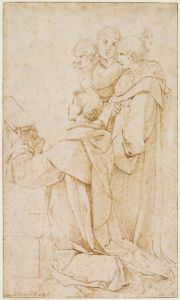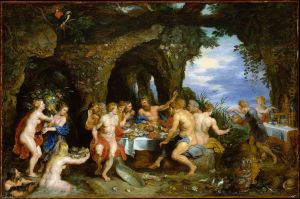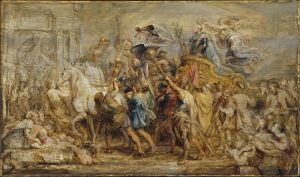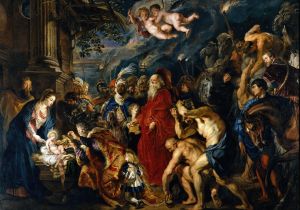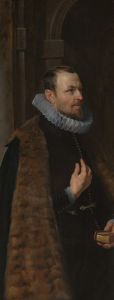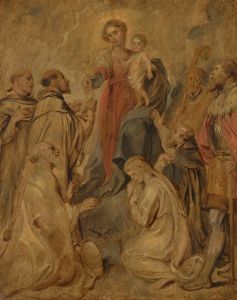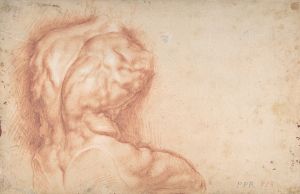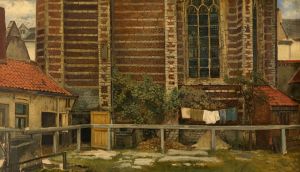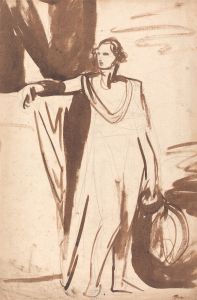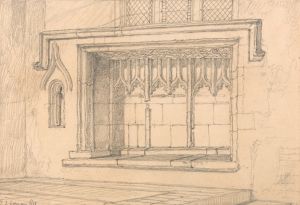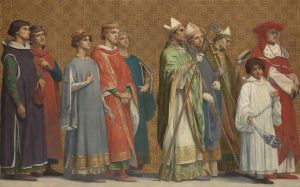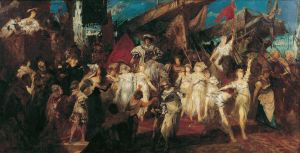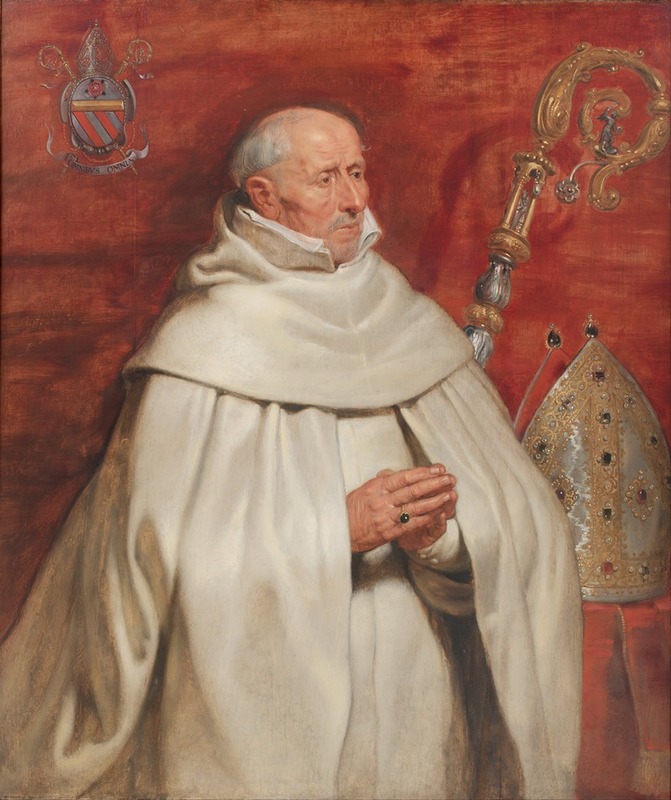
Matthaeus Yrsselius , Abbot of Sint-Michiel’s Abbey in Antwerp
A hand-painted replica of Peter Paul Rubens’s masterpiece Matthaeus Yrsselius , Abbot of Sint-Michiel’s Abbey in Antwerp, meticulously crafted by professional artists to capture the true essence of the original. Each piece is created with museum-quality canvas and rare mineral pigments, carefully painted by experienced artists with delicate brushstrokes and rich, layered colors to perfectly recreate the texture of the original artwork. Unlike machine-printed reproductions, this hand-painted version brings the painting to life, infused with the artist’s emotions and skill in every stroke. Whether for personal collection or home decoration, it instantly elevates the artistic atmosphere of any space.
Peter Paul Rubens, one of the most influential artists of the Baroque period, painted "Matthaeus Yrsselius, Abbot of Sint-Michiel’s Abbey in Antwerp" around 1624. This portrait is a significant example of Rubens' ability to capture the character and status of his subjects with both realism and grandeur. Matthaeus Yrsselius was the abbot of the Abbey of St. Michael in Antwerp, a prominent religious and cultural institution during the 17th century.
Rubens was renowned for his dynamic compositions, vibrant color palette, and masterful use of light and shadow, all of which are evident in this portrait. The painting depicts Abbot Yrsselius in a dignified pose, reflecting his esteemed position within the church. Rubens' skillful rendering of textures, from the rich fabric of the abbot's garments to the soft flesh tones of his face, demonstrates the artist's meticulous attention to detail and his ability to convey the materiality of different surfaces.
The portrait is not only a representation of the abbot himself but also serves as a testament to the power and influence of the Catholic Church in Flanders during this period. The Abbey of St. Michael was a center of religious life and education, and its leaders, like Yrsselius, played crucial roles in the spiritual and cultural life of the region. By portraying Yrsselius with such gravitas, Rubens underscores the abbot's importance and the respect he commanded.
Rubens' relationship with the Catholic Church was significant throughout his career. He received numerous commissions from religious institutions and was deeply involved in the Counter-Reformation efforts, which sought to reaffirm the power and glory of the Catholic Church through art. This portrait is an example of how Rubens' work supported these efforts by emphasizing the dignity and authority of church leaders.
The painting is characterized by its composition, where the abbot is placed against a dark, neutral background that enhances his presence and draws the viewer's attention to his face and hands. Rubens often employed this technique to focus on the psychological depth and individuality of his subjects. The abbot's expression is calm yet authoritative, suggesting wisdom and introspection.
Currently, the painting is housed in the Royal Museum of Fine Arts in Antwerp, where it continues to be admired for its artistic excellence and historical significance. It remains a valuable piece for understanding both Rubens' oeuvre and the cultural context of 17th-century Flanders. The portrait of Matthaeus Yrsselius is a fine example of Rubens' ability to blend realism with idealism, capturing not only the likeness but also the essence of his subjects.





